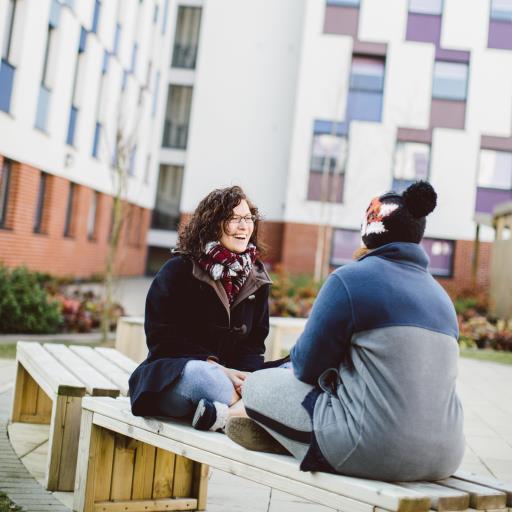Toolkit guide

What do we mean by 'kids as content'?
Child-related content on social media platforms tends to stem from two activities; sharenting or child/family influencer accounts.
Sharenting
- Combines “sharing” of digital images and “parenting” activities.
- Parents publicly posting intimate domestic images or performances of their children, which they see as funny or cute, demonstrating aspects of their child’s personality and development.
- There has been a rise in baby and children accounts since 2010 on platforms such as Instagram, TikTok, and YouTube, with parents or guardians retaining responsibility for the creation and management of the accounts and their content.
Child influencing
- Social media accounts for children (under 13), usually managed by parents or guardians, producing content that may generate some economic gain (can be goods/services).
- This occurs through sponsorships, product placements, collaborations and/or paid adverts, where the parents are approached by a brand or agency to promote the product or experience.
Read on to find more about...
- On average, parents share 300 images of their children per year creating a 'digital dossier' (Bezakova et al. 2021)
- For some female child influencer accounts, 73% of their followers are adult males (New York Times 2024)
- 37% of children who had been groomed stated that Instagram was the source of their grooming (NSPCC 2023)
Why do people do it?
Parent/family influencer accounts:
- Some parents post content that shows their family life, including daily activities, parenting advice, educational tips etc. displaying the ‘reality’ or ‘behind the scenes’ of parenting and family interactions.
Story sharing accounts:
- Parents may use the account to share more specific parenting experiences and stories, such as same-gender parenting or having a child with autism, in order to find peer support or provide inspiration for others.
Future building:
- Social media content may be used to promote a child’s talent, hobby, or sport, such as dancing, gymnastics or performing. This is a way to connect with audiences and industry professionals, who may have the power to make this a career path for the child when they grow up.
Social media personalities/celebrities:
- Celebrities and influencers will have curated their own brand and identity, so may create an alternative account for their child when they become parents, or the nature of their content may change to incorporate aspects of parenthood.
What have we done?
2023
- Initial identification of the risks facing children and families creating content on social media platforms. Compiled through a comprehensive literature review of the international research and policy on sharenting, child influencer activities, and child labour within traditional media.
2024
- Launch of the Child Influencer Project in Ireland and the UK, with over 300 survey responses across both jurisdictions, as well as conducting interviews and observations with families involved in sharenting and/or influencer activities.
- Report to the UN articulating potential risks to children within this industry.
2025
- Research paper published, setting out the underpinning research behind the risk assessment framework.
- Development of this evidence-based risk assessment framework into a practical toolkit for those sharing child images and/or performances on social media platforms, as well as those working in the child influencer industry.
- Any of the statistics mentioned, or risks identified, within the toolkit are underpinned within the research above, as well as forming the subject matter for a forthcoming text on digital child labour.
What can you do?
The toolkit sets out 6 risk categories and, within each category, there are specific risks articulated at the top of each page posed as questions.
This indicates that these are potential risks to children, not given harms that every child on social media will definitely encounter or experience. This is why the 'risk assessment' approach has been used, as a familiar way to consider hazards in our daily lives, such as road safety, hazardous chemicals, and safe lifting practices.
Three categories primarily focus on potential child labour risk considerations; financial, education and health & safety.
Three categories primarily focus on potential risks from broader sharenting activities; family, identity and dignity.
Once you click on each category, you will see each specific risk addressed through the lens of our child influencer accounts, so that you can see the practices through the eyes of the child/family, as well as viewer, and consider what they are experiencing. This is followed by an explanation of potential risk management approaches to these risks, based upon the research set out above, providing advice and guidance for parents and practitioners in this industry.
The toolkit is intended to inform best practice approaches to safeguarding children, who appear as part of social media content, so please do consider this within your own role and practices when posting or commissioning child-related content.
If you are an organisation, charity, or institution interested in discussing the toolkit further, training for any of your colleagues or networks, or personalised approaches to the toolkit, please do get in touch to discuss this with the project by emailing childinfluencerproject@essex.ac.uk.
© Copyright University of Essex 2025



